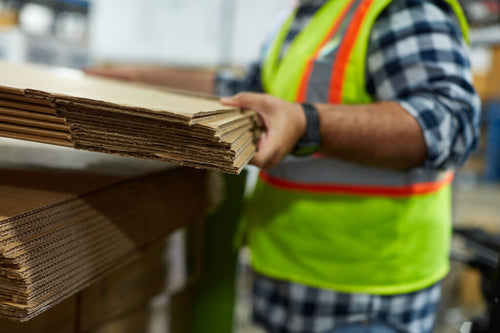When choosing a blade for a safety knife, there are several important factors to consider. Here are the top five:
1. Blade Material
The material of the blade is an important factor to consider when choosing a safety knife. Blades are typically made from a variety of materials, including steel, ceramic, and plastic. Each type of material has its own strengths and weaknesses, and the best choice will depend on the specific application and environment in which the knife will be used. For example, steel blades are generally very durable and able to withstand heavy use, but they may rust or corrode if not properly maintained. Ceramic blades are extremely hard and can hold a sharp edge for a long time, but they are brittle and prone to chipping or breaking if subjected to too much pressure. Plastic blades are lightweight and non-conductive, making them suitable for use in electrically sensitive environments, but they may not be as durable as steel or ceramic blades.
2. Blade Edge Type
The type of blade edge is also an important factor to consider when choosing a safety knife. Blades can have a straight edge, a serrated edge, or a combination of both. Straight edges are generally better for smooth, clean cuts, while serrated edges are better for sawing through tougher materials. Some safety knives have interchangeable blades with different edge types, allowing the user to select the best blade for the task at hand.
3. Blade Shape
The shape of the blade is another important consideration when choosing a safety knife. Blades can have a variety of shapes, including straight, curved, or pointed. The best blade shape will depend on the specific cutting tasks that the knife will be used for. For example, a pointed blade may be suitable for piercing or carving tasks, while a curved blade may be better for slicing or carving.
4. Blade Size
The size of the blade is also an important factor to consider when choosing a safety knife. Blades come in a range of sizes, and the best choice will depend on the size of the material being cut and the precision required. Larger blades may be more suitable for cutting thicker or tougher materials, while smaller blades may be better for more precise or intricate cuts.
5. Blade Retention Mechanism
Finally, the blade retention mechanism is an important factor to consider when choosing a safety knife. This is the mechanism that holds the blade in place and prevents it from falling out or becoming loose. Different safety knives use different blade retention mechanisms, such as blade locks, blade guides, or blade channels. It is important to choose a knife with a blade retention mechanism that is appropriate for the specific cutting tasks and environment in which the knife will be used.



